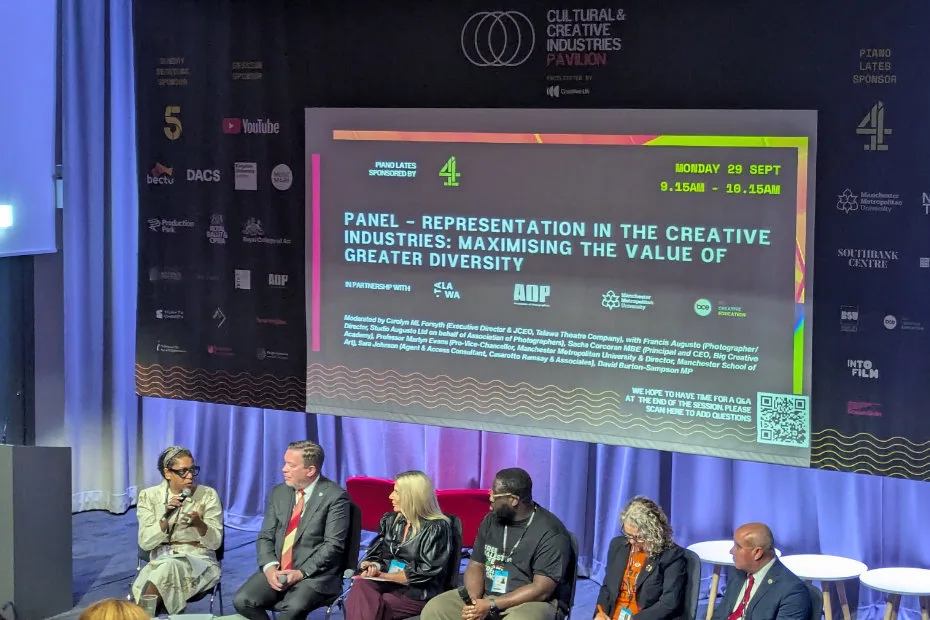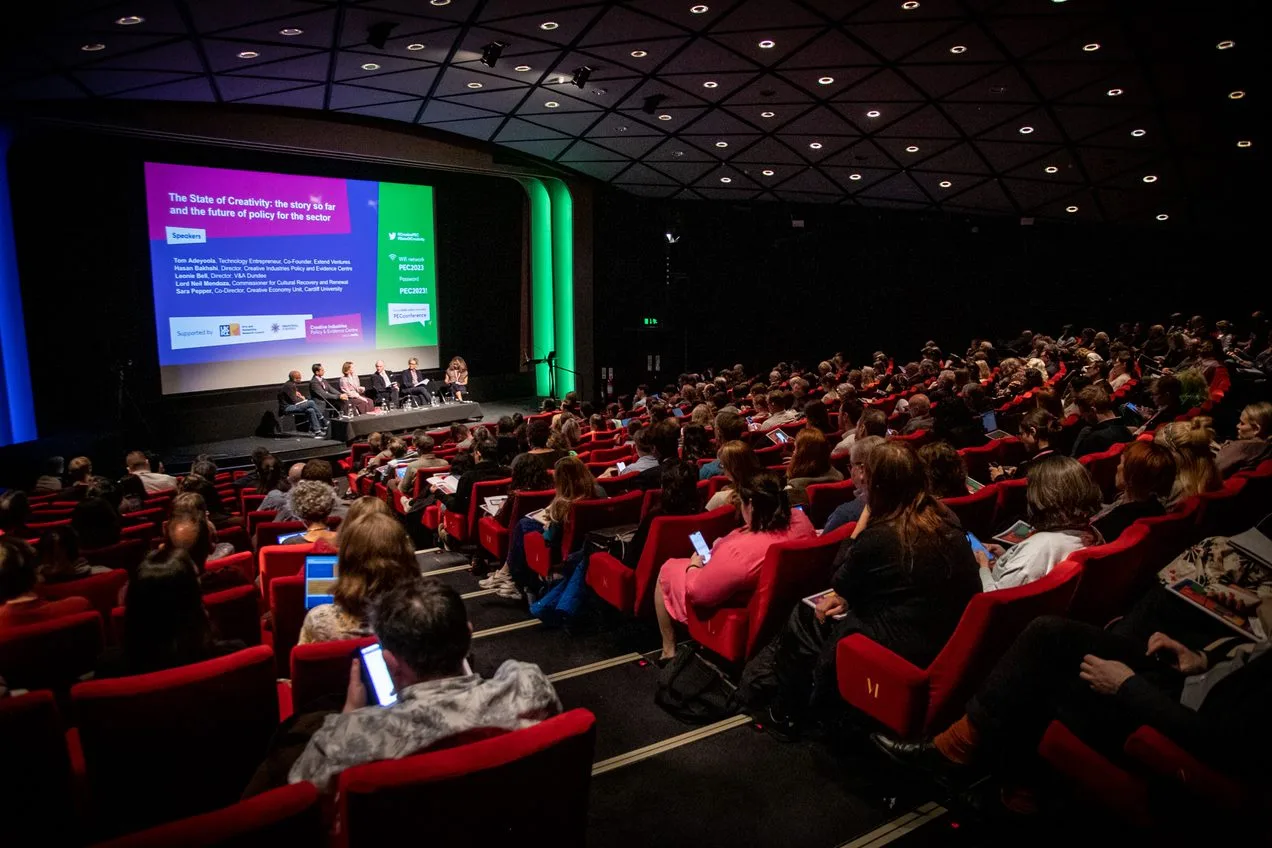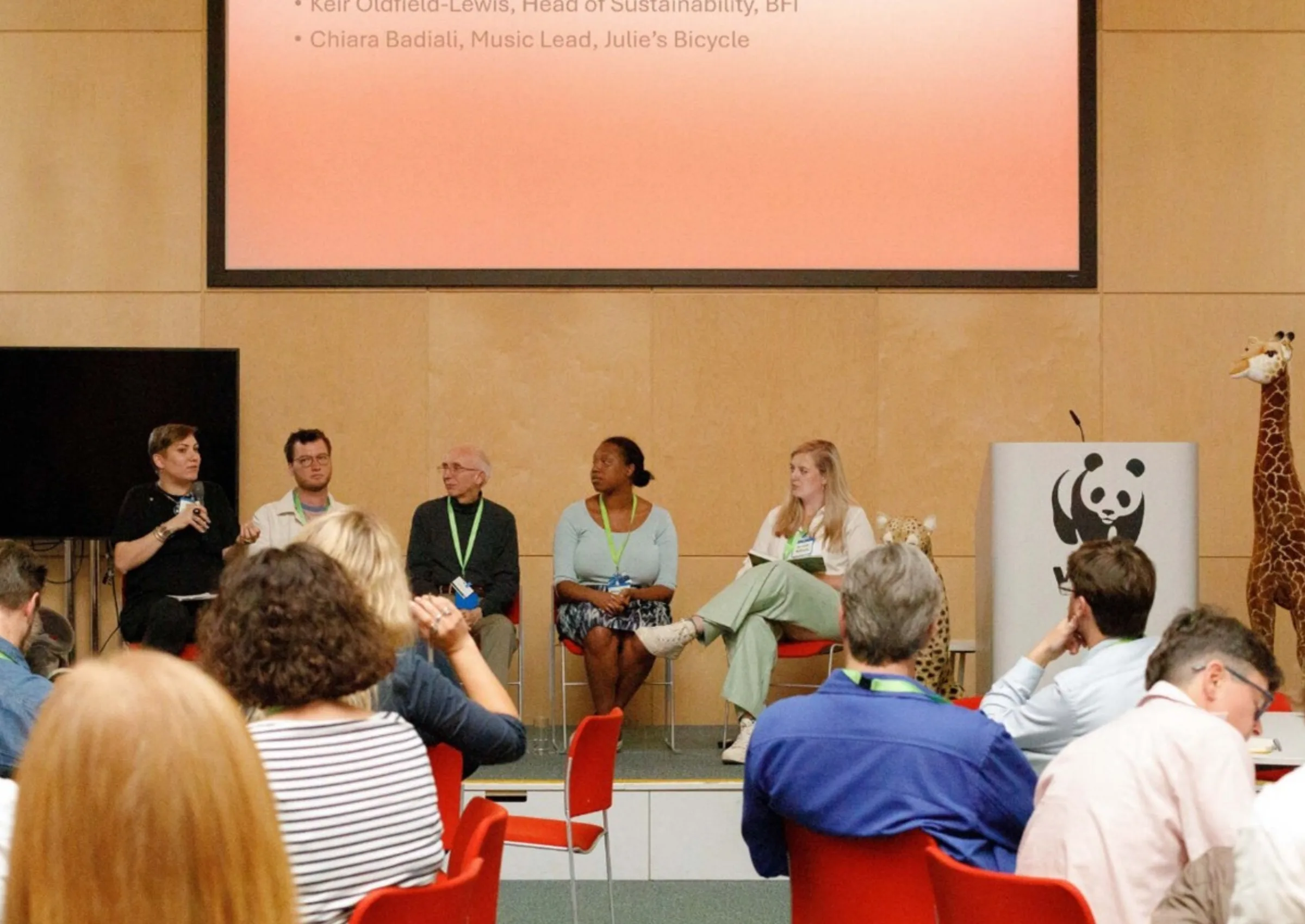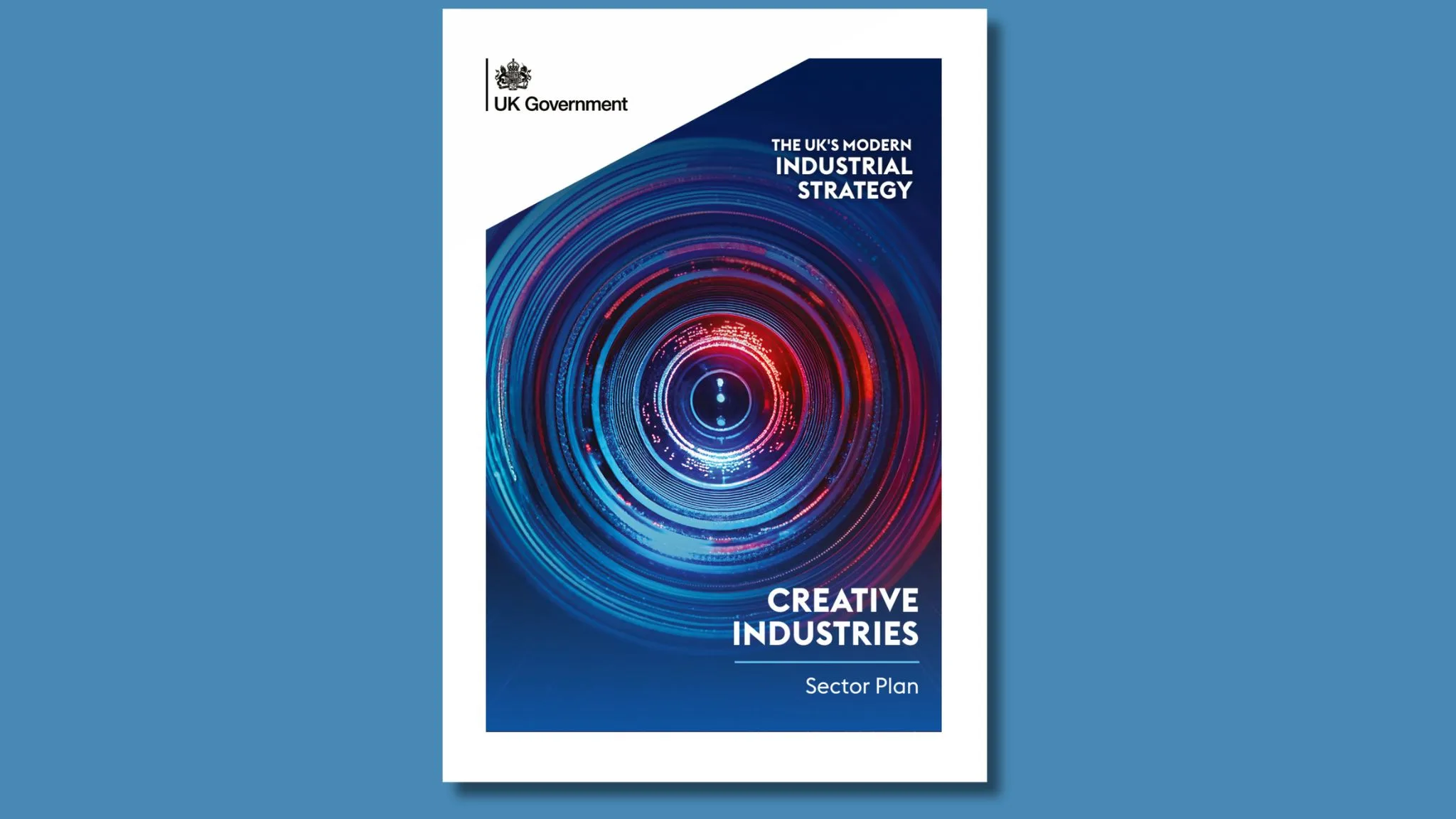As economic studies in the UK and Australia develop increasingly granular accounts of the financial returns to graduates according to their field of study, the question of the value of tertiary creative arts education will become ever more acute. The recent IFS report in the UK (see Andy Westwood’s comment for the PEC) is anticipated by similar studies in Australia (eg. Norton 2012) in applying a Cost Benefit Analysis of fields of study in an attempt to discern how best to price degrees through the income contingent loan system.
As university-based researchers who have studied creative graduates and creative careers as well as engaged in discussions about the value of university involvement with the arts and cultural sector, we believe such economic analyses are to be welcomed. They are a sober reminder of the financial difficulties faced by creatives and raise fundamental questions concerning the relationship between creativity and (under)employment.
At the same time, such accounting exercises don’t answer the question of how funding is to be distributed, as recourse to the metaphor of a ‘subsidy’ to describe relations between different functions of Higher Education (HE) implies.
Accounting exercises should be read as an occasion to address fundamental questions concerning the purposes of government funding for HE and the creative industries, as well as develop more nuanced accounts of the relations between education, the economy and work in the twenty-first century. Creative skills are at the heart of major transformations in labour markets and HE, with the consequence that any discussion of their economic value needs to be related to the major historical drivers of change, such as new technologies and their effects on innovation and skills utilisation, urbanisation and the deepening of cultural consumption, the massification of HE and credentialism, and the rise of the gig economy (to name but a few).
We’d make three general points about university education in that broader context.
Firstly, low returns to creative graduates are not only consistent with an industry sector in which rewards are highly skewed (the ‘winner takes all’ economy), but the creative sector itself is widely regarded as exemplary of emergent trends in the general labour market (Throsby 2012; Brook 2015). Creative graduates are weathervanes of current changes, not outliers from a previous period of state largesse.
Secondly, the purposes and outcomes of university study for students are far broader than a simple investment in future employment, and encompass civic and cultural agendas necessary for liberal democratic societies, (and which is ‘core business’ for the creative industries). That students continue to study in such fields despite the rising costs of study and labour market penalties (which are hardly a secret) is testimony to a vocational disposition that is adjusted to this broader mission.
Thirdly, universities themselves are now major players in the creative sector, with media and arts infrastructure and programs premised on broader value claims to be enablers of cultural participation, public discourse and social enterprises. Again, students are key to this engagement.
That the labour market returns to creative graduates are lower than to others is well documented (Comunian et al. 2011), but should not be surprising given the findings of cultural economics of artists’ labour markets (Filer 1990). While the reports discussed make the ‘accountability’ and impact of the salary outcomes of creative degrees explicit, our research on creative graduates has in recent years highlighted the poor career outcomes of these degrees, not only in reference to salary but also in relation to precarity and unstable work across the sector. The concentration of these subjects in new universities, rather than research intensive ones (with the exception of a few subjects such as music) has also proven to be negatively affecting the potential for these degrees to reward students with graduate level jobs and careers. While these individuals might not repay the cost of their education, it is worth highlighting how their degree choice – often described as favouring a passion and interest rather than a career per se – ultimately has a huge impact alsoon their life and quality of life which often remains invisible.
The case of Australia is instructive. Although the introduction of student fees in Australia in the late 1980s sought to better align student enrolments with employment outcomes through compressing Human Capital Theory within the mechanism of an income contingent loan scheme (the Higher Education Contribution Scheme, or HECS), the theory has not borne out in practice. We know that the HECS did not deter students from enrolling in areas with poor employment outcomes, and students in the Creative Arts are conspicuous in valuing ‘personal interest’ over employment in explaining their motivations for study.
One approach in England would be to revisit the option of capping places. Commonwealth Supported Places for domestic Australian students are currently capped at 2017 levels, with the government announcing that these would be uncapped from 2020 provided key performance targets were met, such as ‘workforce preparedness’. One of the authors was lucky enough to do fieldwork in Singapore looking at their creative education investments, and its controlled management of higher education provides a possible solution to the perceived problem of an oversupply of creative graduates relative to creative employment. Of course the UK models have so far guaranteed that there is a broader talent pool and also more people can access these subjects, where often class and financial barriers might limit access (Oakley et al 2017), thus adding to an already challenging diversity picture.
However, it is more than just a freedom to follow one’s own career. Degrees do not necessarily need to be seen as pecuniary investments (i.e. unless you get a financial return on your investment, they have no value). They are investments in many other forms of value that may or may not be redeemable in financial returns. Reports such as the IFS’s make explicit the connection between poorer career outcomes and the loan (repayment) system and how HE is overall funded, putting forward the argument that this might equate to STEM cross-subsidising the arts. But this is to ignore the fact that arts degrees (as artistic professions in general) do not contribute to society only via salary (and the loan repayment system). In fact, the societal and cultural value of artists’ work is well documented in the literature and externalities it creates for places and communities is not captured by the poor contractual conditions of artists and creatives.
Finally, maybe a bigger perspective. How are the creative sectors funded in the UK and Australia? Their work are seen as being part public good and are invested in as such by the public sector; they are also funded by a range of other organisations (from large corporations, sponsors, trusts to small companies) as well as individual donations (by wealthy individuals as well as everyday citizens) that value what the creative industries offer them. They are cross-subsidised by all of these ‘subjects’ and across all industries and sectors. We place a value on creativity and having people producing arts and creative outputs for all sort of reasons and motivation (from economic, to social to cultural): why should it be different for creative degrees? During fieldwork in Singapore we came across the National University of Singapore Centre for the Arts created for its non-creative degrees students (giving them access to high level creative training with professionals) and which provided a refreshing understanding of the value of creative education beyond careers.
So, how should the creative sector in HE respond? Clearly, the policy pressure on universities to demonstrate value through employment outcomes – such that graduates can repay their fees – is not about to disappear. Responding to this situation will require combining both normative and critical strategies, as well as avoid a reflex defence of the intrinsic value of creativity. We would argue that rather than cutting funding and discounting student career outcomes, we need to put pressure on HE providers to make the public value of creative vocations explicit, as well as improve creative graduate outcomes within and beyond the creative sector.
For the sake of brevity, let us list four strategies capable of addressing the terms of emergent debate:
1 Curriculum development. This will take the form of employability and business skills development so that creative graduates can better appreciate their options within, across and outside the cultural sector. This will involve a finer appreciation of vocational and generalist educational rationales that underpin creative education.
2 Industry engagement to enhance initiatives to support graduate pathways and creative careers. This would involve partnerships in research and teaching with a view to developing and maintaining practical initiatives.
3 Graduate mapping that demonstrates the diverse applications of creative skills above-and-beyond employment.
4 Educational critique that refuses the notion that the value of courses is captured through the measurement of private returns to individuals, and demonstrates the continuing public value of Higher Education in general, and creative graduates in particular. To be plausible this principled defence needs to be accompanied by empirical accounts of the public benefits of the creative sector, and the key role universities play in this.
The PEC’s blog provides a platform for independent, evidence-based views. All blogs are published to further debate, and may be polemical. The views expressed are solely those of the author(s) and do not necessarily represent views of the PEC or its partner organisations.
Related Blogs
Insights from the Labour Party Conference 2025
Creative PEC Policy Adviser Emily Hopkins attended the Labour Party Conference in September 2025.
Association of South-East Asian Nations’ long-term view of the creative economy
John Newbigin examines the ASEAN approach to sustainability and the creative economy.
Take our Audience Survey
Take our quick survey and you might win a National Art Pass.
Culture, community resilience and climate change: becoming custodians of our planet
Reflecting on the relationship between climate change, cultural expressions and island states.
Cultural Industries at the Crossroads of Tourism and Development in the Maldives
Eduardo Saravia explores the significant opportunities – and risks – of relying on tourism.
When Data Hurts: What the Arts Can Learn from the BLS Firing
Douglas Noonan and Joanna Woronkowicz discuss the dangers of dismissing or discarding data that does…
Rewriting the Logic: Designing Responsible AI for the Creative Sector
As AI reshapes how culture is made and shared, Ve Dewey asks: Who gets to create? Whose voices are e…
Reflections from Creative Industries 2025: The Road to Sustainability
How can the creative industries drive meaningful environmental sustainability?
Creating value: the creative economy beyond culture by Marta Foresti
Marta Foresti explains the value of international cooperation as she becomes Chair of the GCEC.
Taking stock of the Creative Industries Sector Plan
We summarise some of the key sector-wide announcements from the Creative Industries Sector Plan.
Conversations between the Global North and South
Unsettling and reordering the creative economy
Why higher education matters to the arts, culture and heritage sectors
Professor Dave O’Brien, Professor of Cultural and Creative Industries at University of Manches…












